SINGULARITY STACKS Technology Cycles.Org Library
This website organizes Carlota Perez’s technology cycle framework along two distinct tracks.
The first looks across all five cycles, arranged by each of the four periods of the Perezian Structural view. The first period reviewed includes all the Big Bangs for the five cycles. The Big Bangs are the first moments of Carlota’s Installation Period. The reason why this view is being pursued is that when looking at the cycles side by side, the cycle structure is amplifies and stands out.
The second view is the chronological view. This view walks through each cycle sequentially by period. The first cycle is the first completed chronological view.
The Technology cycles are examined side by side Structurally
The cyclical impacts of the ten dynamics that resulted from each Big Bang.
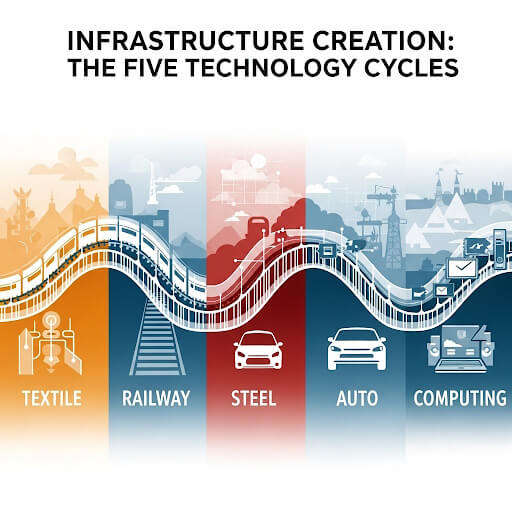
Chapter One: Infrastructure Creation
Infrastructure systems create the invisible foundation enabling technological revolutions to transform entire societies. Moreover, these enabling systems evolve from simple, localized solutions into sophisticated global networks coordinating millions of participants across generations.
The Innovations and bibliography listings for Infrastructure Creation
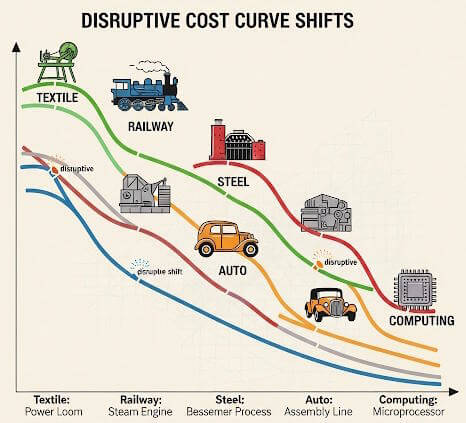
Chapter Two: Disruptive Cost Curve Shifts
Disruptive cost curve shifts represent the most potent mechanism of economic transformation in modern history, serving as the catalyst that transforms niche innovations into mass-market revolutions. These dramatic cost reductions—often exceeding 80-90%—create threshold crossings where technological capability aligns with economic viability, enabling exponential growth and cascading effects throughout economic systems.
The innovations and bibliography for Disruptive Cost Curve Shifts
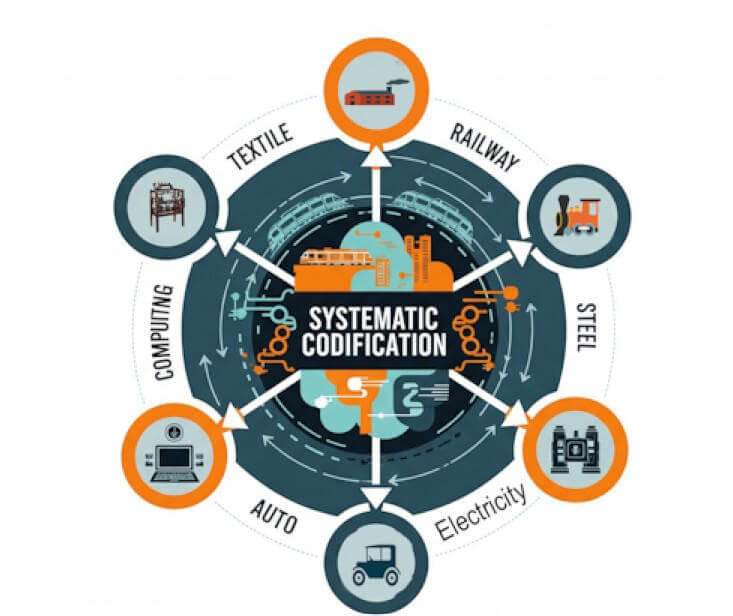
Chapter Three: Systematic Codification
The five technology cycles demonstrate that systematic intensification was one of the core forces they all shared to achieve their explosive scale. Codification approaches enabled increasingly complex technological coordination.
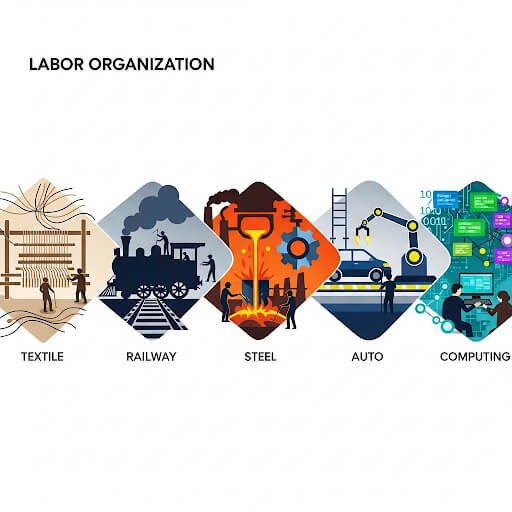
Chapter Four: Labor Organization
Most people study technological breakthroughs by examining machines and inventions. However, the real transformation occurred in how humans coordinated work activities. Five major technological revolutions fundamentally restructured labor organization, creating systematic approaches that redefined the world.

Chapter Five: New Markets
Revolutionary technologies create entirely new economic universes through specific transformative moments called “Big Bang Events.” These pivotal developments demonstrate humanity’s evolution from accidentally discovering markets to systematically engineering global technological ecosystems.
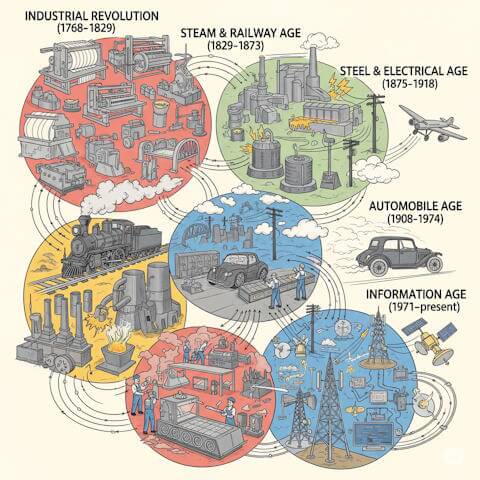
Chapter Six: Innovation Clustering
Innovation clustering reveals humanity’s evolving mastery of technological coordination across five major technological cycles.
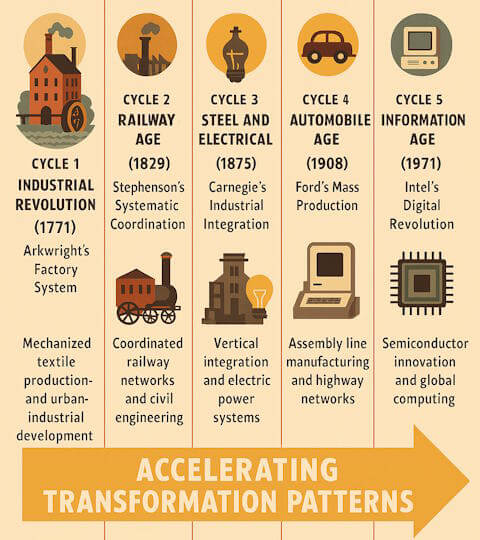
Chapter Seven: Socioeconomic readiness
Between 1771 and 1971, humanity experienced five major technological revolutions. Each revolution fundamentally transformed economic systems, social structures, and human relationships. These innovations accelerated the transformation.
The innovations and bibliography for Socioeconomic readiness
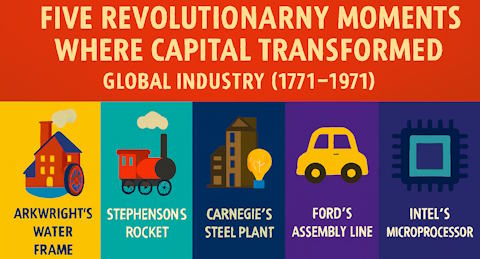
Chapter Eight: Capital Alignment
The Big-Bang moments demonstrate how standardization mechanisms, capital alignment, and institutional coordination determine which innovations achieve lasting worldwide impact.
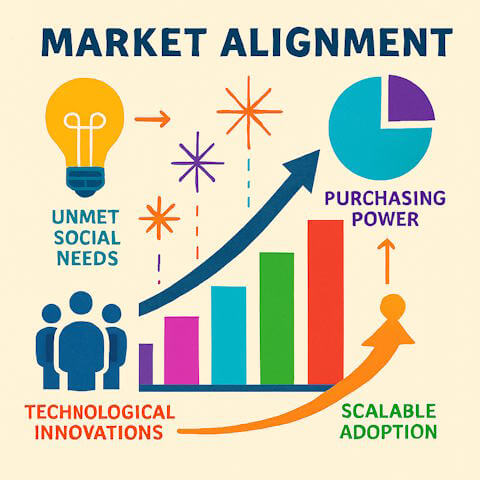
Chapter Nine: Market Alignment
Market alignment represents the critical process where technological innovations synchronize with unmet social needs to create scalable adoption. Five pivotal Big Bang Events demonstrate how successful innovations transform latent demand—constrained by existing limitations—into emerging demand with visible market signals and purchasing power. These moments reveal sophisticated alignment mechanisms that enable breakthrough technologies to reshape entire economic systems.
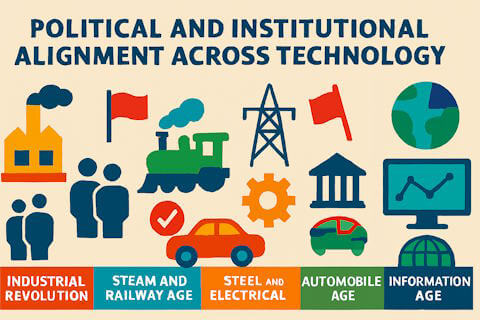
Chapter Ten: Political & Institutional Alignment
The evolution of technological coordination across five cycles reveals humanity’s most significant organizational achievement in managing complex technological systems. Each cycle’s Big-Bang event catalyzed innovations extending far beyond individual technologies toward comprehensive ecosystem coordination, creating increasingly sophisticated frameworks for large-scale technological deployment.
The innovations and bibliography for Political & Institutional Alignment
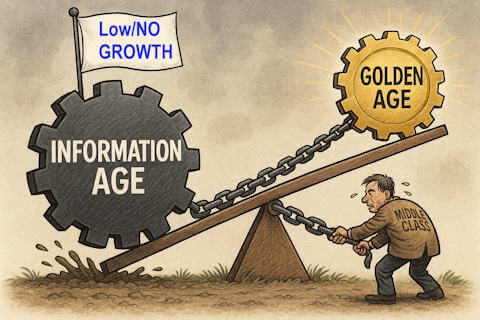
Chapter Eleven: Relevance & Impacts
For the first time since the Industrial Revolution began, the size and health of the middle class are contracting. This has not been the case just for a few years. No, the precipitous decline has been ongoing for decades for the 75%. Sadly, this smoking gun demonstrates that the ICT age is stuck at the turning point in the technology cycle, with increasingly dire consequences.

